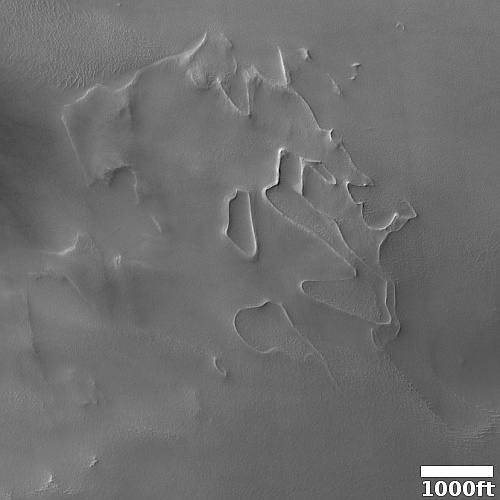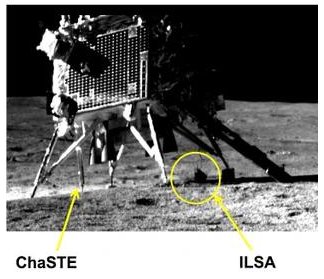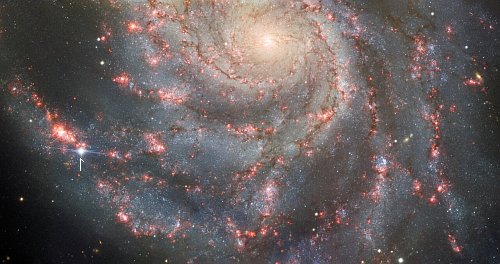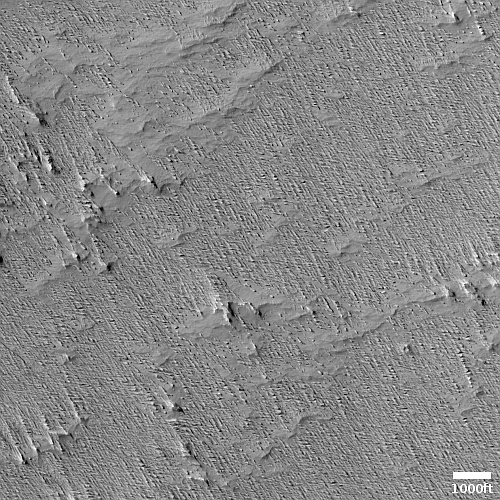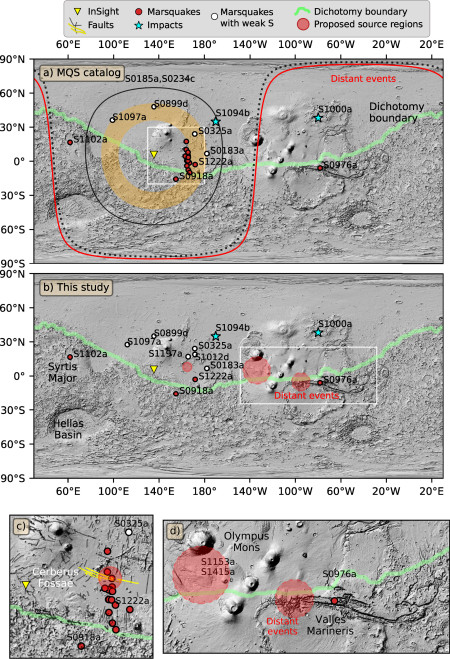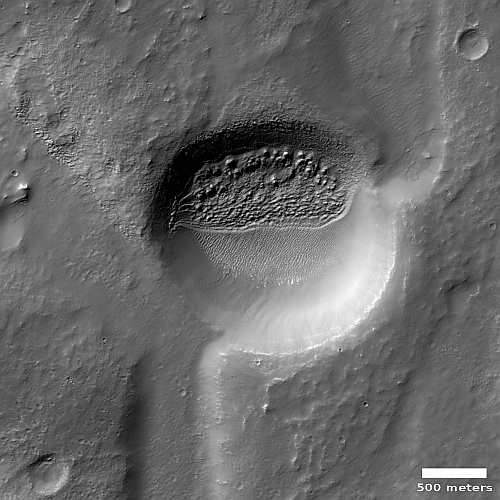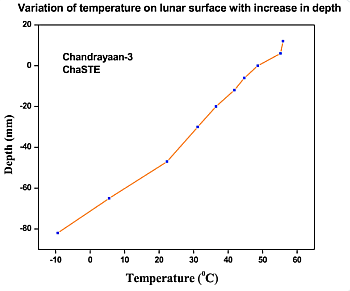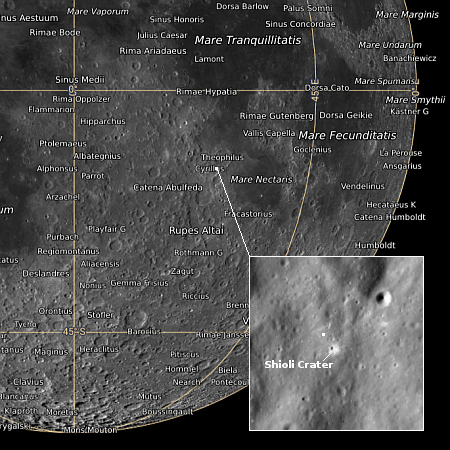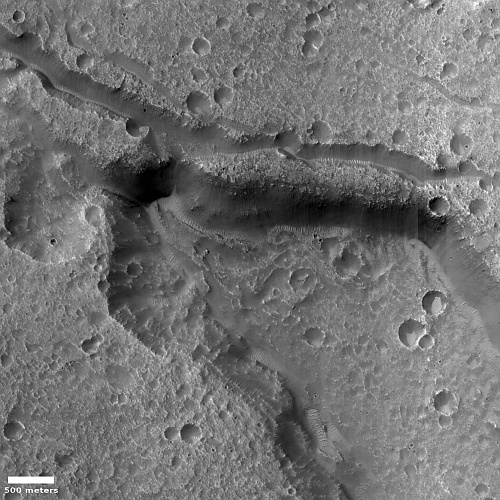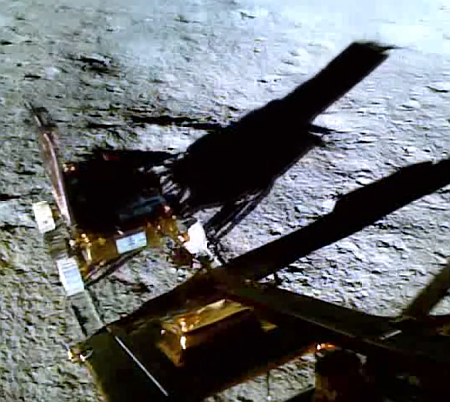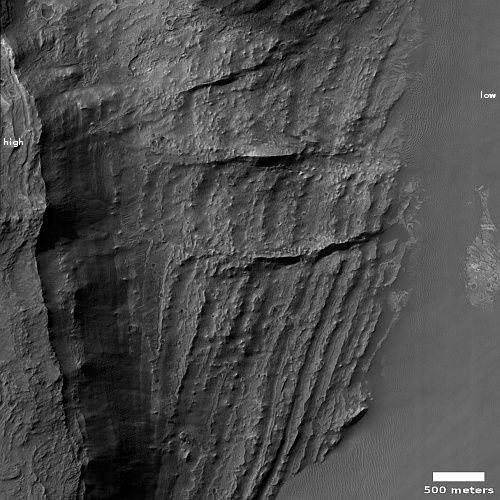Buried ridges at the bottom of a Martian abyss
Today’s cool image could be labeled a “What the heck?!” photo, as the origin of its most distinct feature is utterly baffling. The picture to the right, cropped, reduced, and sharpened to post here, was taken on June 18, 2023 by the high resolution camera on Mars Reconnaissance Orbiter (MRO), and shows what look like a collection of meandering ridges peeking out from a terrain covered by thick dust.
The scientists label this dust-covered ground, as well as the ripple dunes to the south in the full image, “sand sheets.” Without question, the ground here seems to resemble a Sahara-like terrain. It is utterly featureless, other than the few bedrock features that poke up out of that sand. In the full image some peaks stick out, but it the meandering ridges in this section that are most intriguing. They are reminiscent of rimstone dams in caves, but what formed them remains baffling, since cave rimstone dams are formed by the interaction of limestone and water, and there is absolutely no evidence of any near surface ice at this location in the dry equatorial regions of Mars.
All the ridges signify is a buried terrain formed in some inexplicable way.
» Read more
Today’s cool image could be labeled a “What the heck?!” photo, as the origin of its most distinct feature is utterly baffling. The picture to the right, cropped, reduced, and sharpened to post here, was taken on June 18, 2023 by the high resolution camera on Mars Reconnaissance Orbiter (MRO), and shows what look like a collection of meandering ridges peeking out from a terrain covered by thick dust.
The scientists label this dust-covered ground, as well as the ripple dunes to the south in the full image, “sand sheets.” Without question, the ground here seems to resemble a Sahara-like terrain. It is utterly featureless, other than the few bedrock features that poke up out of that sand. In the full image some peaks stick out, but it the meandering ridges in this section that are most intriguing. They are reminiscent of rimstone dams in caves, but what formed them remains baffling, since cave rimstone dams are formed by the interaction of limestone and water, and there is absolutely no evidence of any near surface ice at this location in the dry equatorial regions of Mars.
All the ridges signify is a buried terrain formed in some inexplicable way.
» Read more

